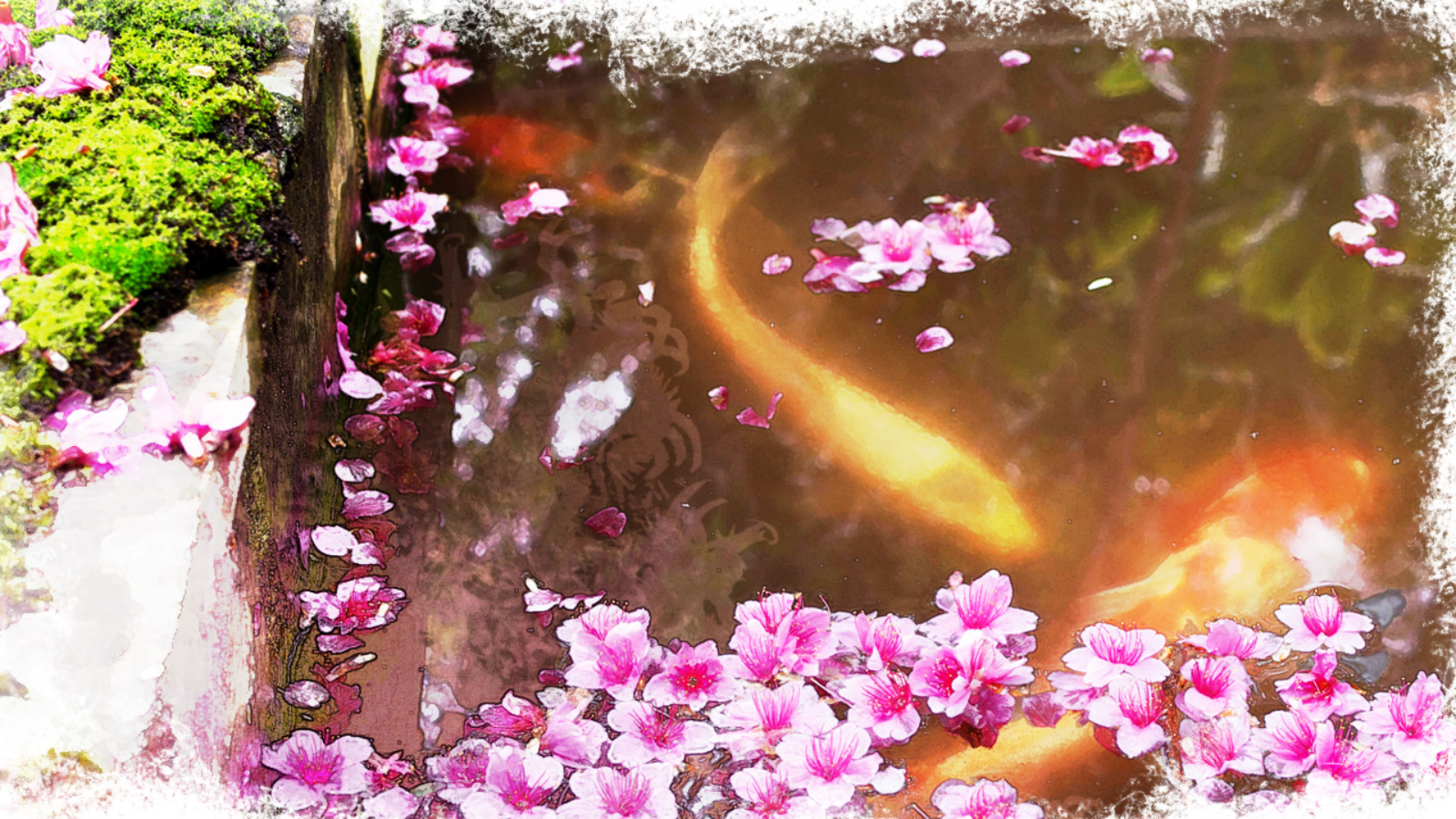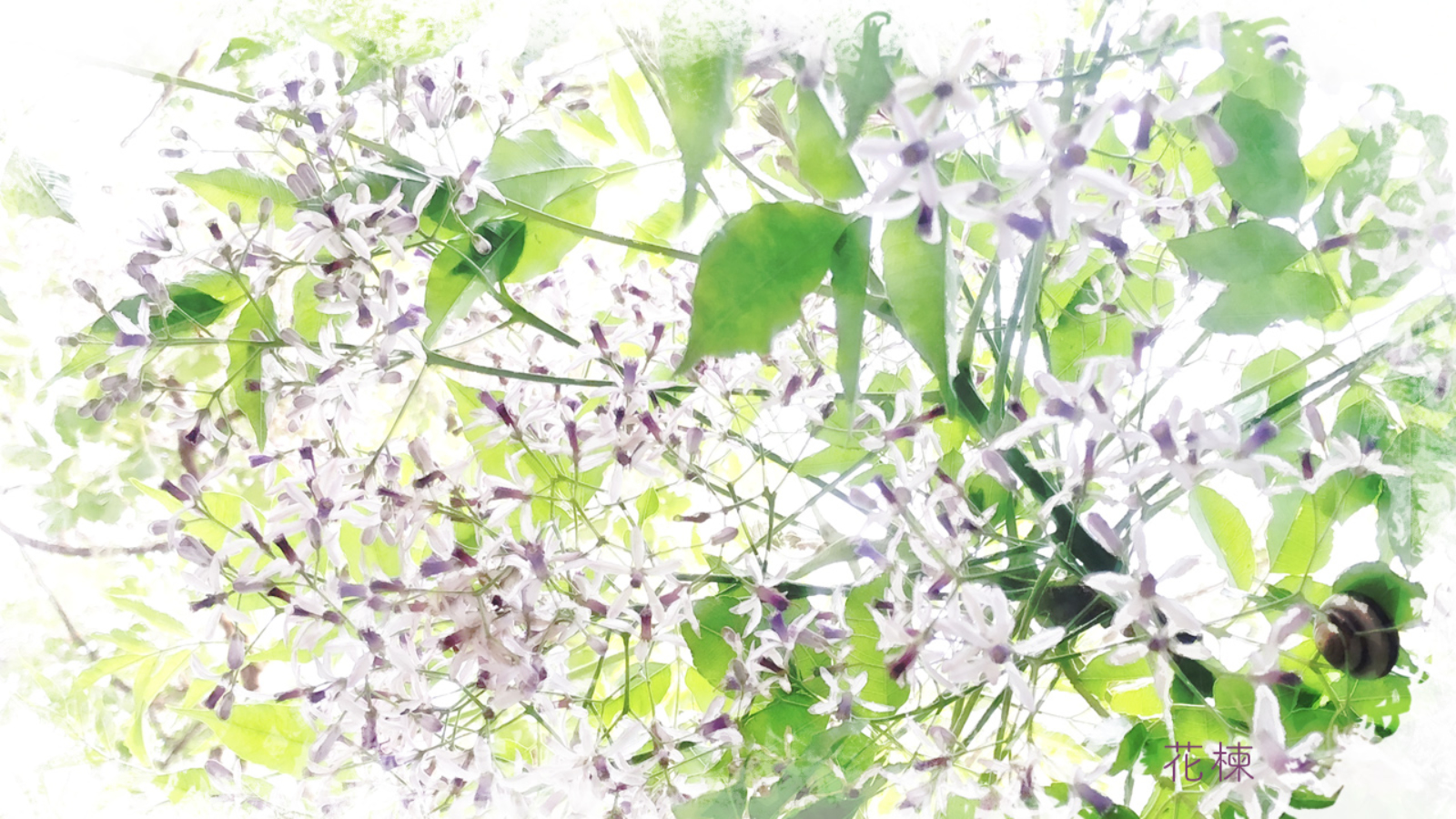From time to time, I write haiku and tanka by fits and starts.
If you try to express your feelings, such as landscapes, timbres, and scenes with just a few words, your imagination will expand. Then, it feels as if the terms have colors and sounds.
I often undertake design and writing as well as cook. So maybe I’m unconsciously training so that creative words always come to my mind.
Nowadays, I don’t have the opportunity to use classical Japanese expressions in everyday life. At the very least, I would like to use blogs as a place for public expression to train in polite Japanese.
the water is called “花筏 Hanaikada”.
Hanaikada is often used as a beautiful word, but it doesn’t seem to be that old word. The old Ryukyu kominka where I used to live had a pond in the garden. As a result, the flower raft of the cherry tree was naturally formed. I will introduce some of my haiku and tanka about this.
Haiku is like a camera of words that captures the moment of a scene in short phrases. So if an objective landscape, sound, or scene comes to your mind, that’s fine. Tanka is a little descriptive, so I hope it conveys my subjective feelings at the time.
苔水に はしる鯉の音 花筏
There is no public water supply in Kominka, and I lived on the spring water of the mountains. There was a pond in my garden, beautiful freshwater raised moss, and there were some carps.
There is a large cherry tree near the pond, and the water surface is filled with cherry blossoms during the season. The carp are swimming vigorously there, making a sound.
Are the carps also enjoying flowers?
今はただ 苔生しにけり わが庵は 桜花もそよぐ うりずんの風
Time has passed, and now my house is covered with moss.
When I move my eyes, the flowers on the surface of the water were swaying in the pleasant spring breeze.
Both my house and I have passed the years, but the circle of seasons is beautiful.
苔筵 青き若夏 風そよぐ 鯉はうるはし 見つつ偲はゆ
The old house where I once lived. Moss is growing all over this area now.
The fresh green is lush, and the early summer wind breeze.
Looking at the harmonious carps naturally reminds me of the days I spent here.


